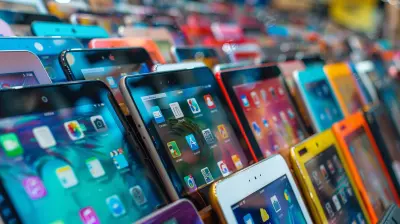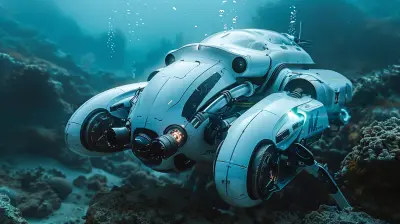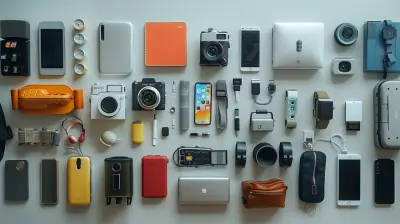How Green Technology is Revolutionizing the Future of Energy Consumption
9 June 2025
Let's face it — the way we produce and consume energy has been long overdue for an upgrade. We’ve been leaning heavily on fossil fuels for centuries, and while it's gotten us this far, the environmental cost has been huge. Think polluted air, melting ice caps, extreme weather, and oceans crying for help.
But here's the good news: green technology is flipping the script.
This isn't just another tech buzzword. Green technology is actively changing our energy landscape, making it cleaner, smarter, and more sustainable. And whether we realize it or not, it's already sneaking into our homes, streets, cities, and even our pockets.
Ready to dive into how green tech is transforming the future of energy consumption? Let’s unpack it, plain and simple.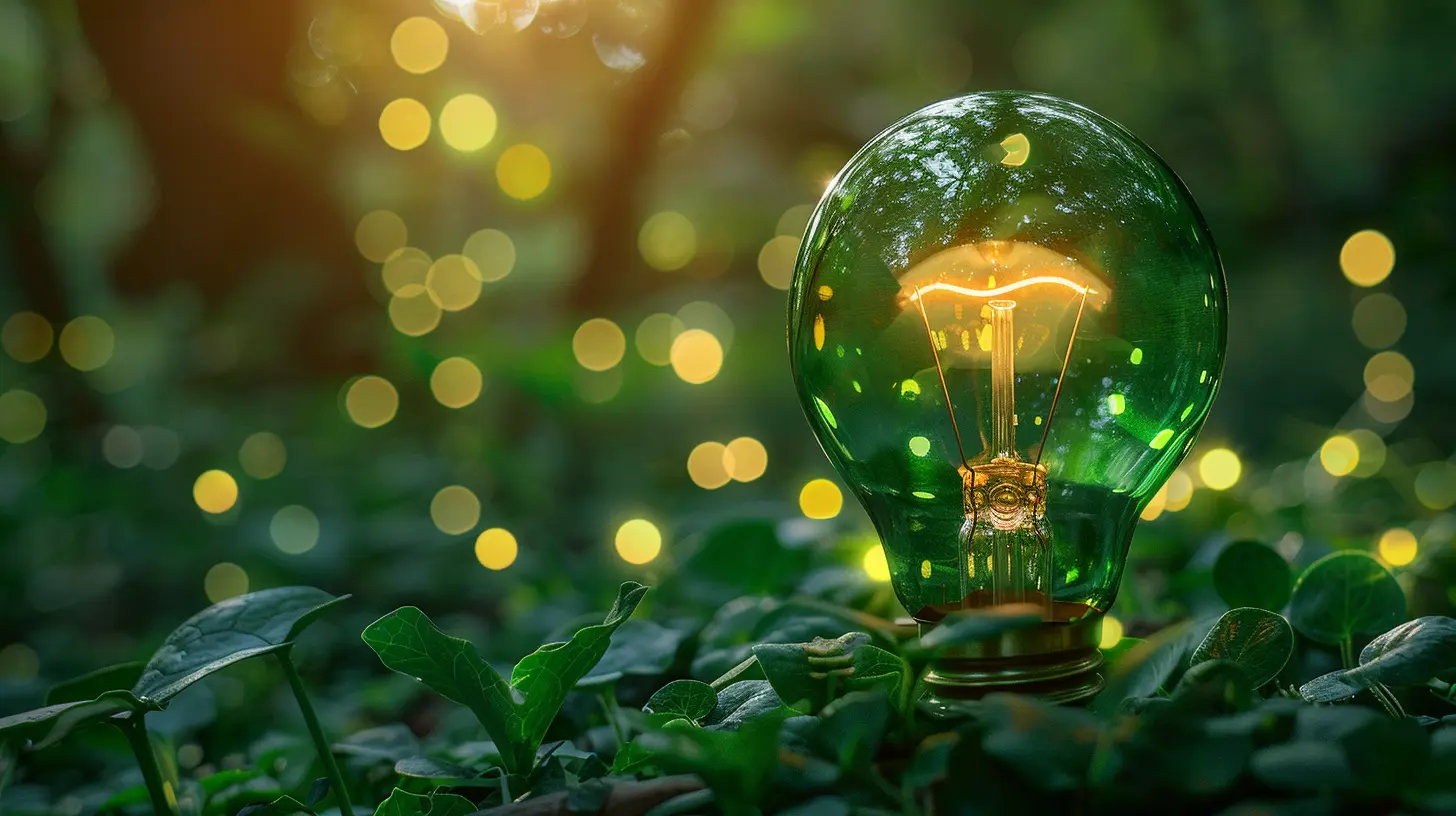
What Exactly is Green Technology?
Green technology (or clean tech) refers to innovations designed to reduce environmental impact. In the energy sector, it’s all about finding cleaner ways to generate, store, distribute, and consume power.Picture solar panels turning rooftops into mini power stations. Imagine electric cars whispering down roads without puffing clouds of exhaust. Think of smart thermostats learning your habits to avoid wasting juice when nobody's home.
Yeah, that’s green tech in action.
The Problem with Traditional Energy
Before we jump deeper into the future, let’s understand why we even need to change.1. Fossil Fuels Are Finite
Oil, coal, and natural gas don’t last forever. We’re burning through them faster than nature can make more. It’s like eating all your snacks at once and expecting the bag to refill itself — not gonna happen.2. Carbon Emissions Are Choking the Planet
Burning fossil fuels releases carbon dioxide (CO₂), a major driver of climate change. The more carbon we pump into the atmosphere, the worse the effects: higher temperatures, stronger storms, and rising sea levels.3. Inefficiency is Everywhere
Traditional power grids are leaky, clunky, and outdated. A good chunk of the energy gets lost in transmission. That's like buying a pizza and losing half the slices on the way home. Wasteful, right?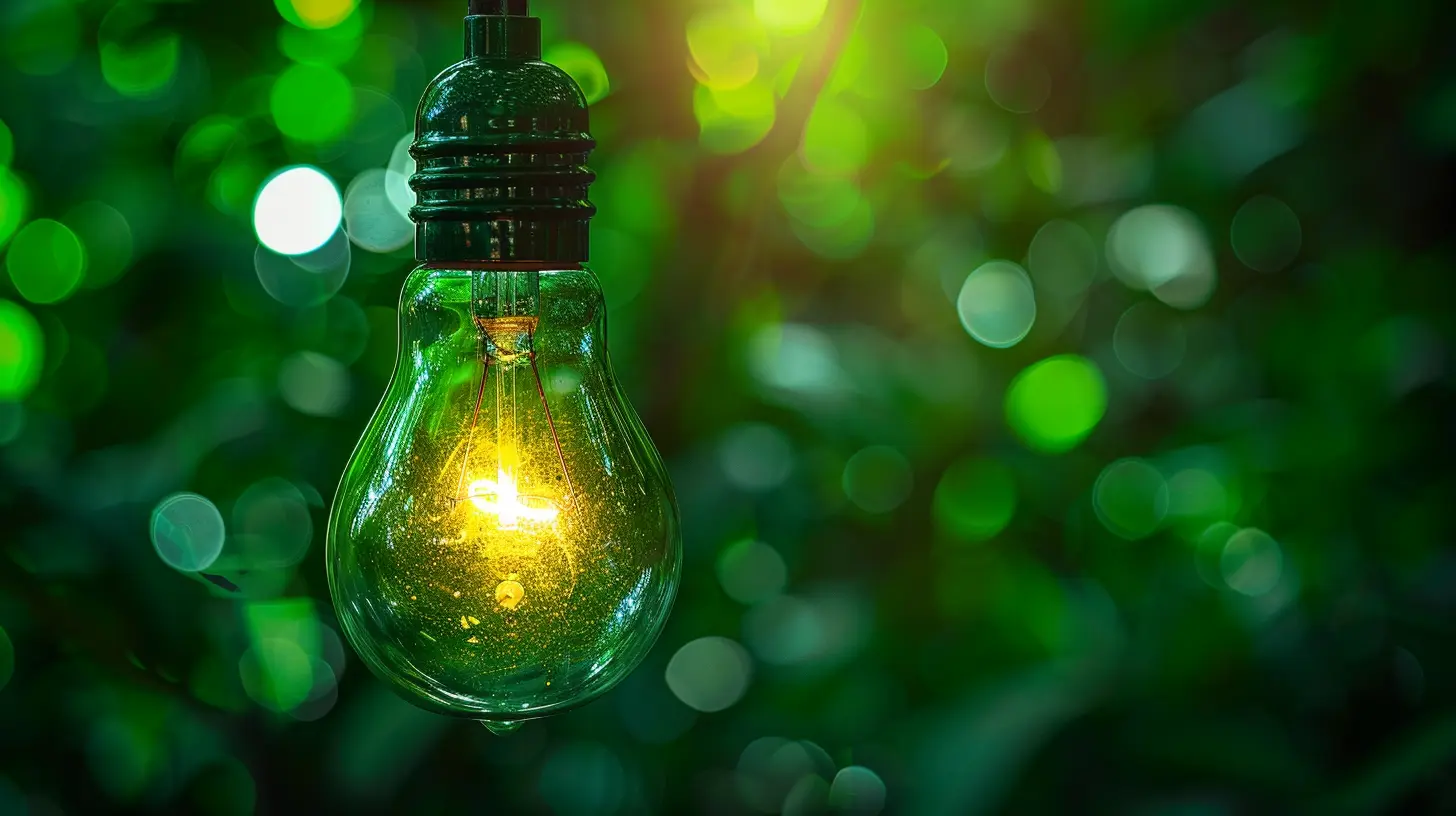
How Green Technology is Changing the Game
Alright, let’s get to the exciting part. Here's how green tech is flipping our energy world upside-down—in a good way.1. Renewable Energy Sources
Say goodbye to fuels that run out. Renewable energy sources like solar, wind, hydro, and geothermal are essentially limitless.🌞 Solar Energy
Solar panels are getting cheaper and more efficient. Even on cloudy days, they produce electricity. And with solar farms popping up everywhere, even entire communities can pull power from the sun.🌬️ Wind Energy
Massive turbines, often dotting open fields or offshore areas, catch wind and convert it into power. Clean, quiet, and majestic—it’s like nature’s own power drill.💧 Hydroelectric & Geothermal
Rivers and underground heat are also joining the party. Hydroelectric power uses flowing water to generate energy, while geothermal taps into the Earth's inner heat. Both offer consistent, low-emission power supplies.2. Energy Storage Solutions
One of the biggest criticisms of renewables is their inconsistency. What do you do when the sun isn’t shining or the wind isn’t blowing? Enter energy storage.⚡ Batteries Are Getting Smarter
High-capacity batteries, like Tesla’s Powerwall, store energy for when it’s needed. Whether it's backup during outages or just balancing grid demand, these batteries make sure no green energy goes to waste.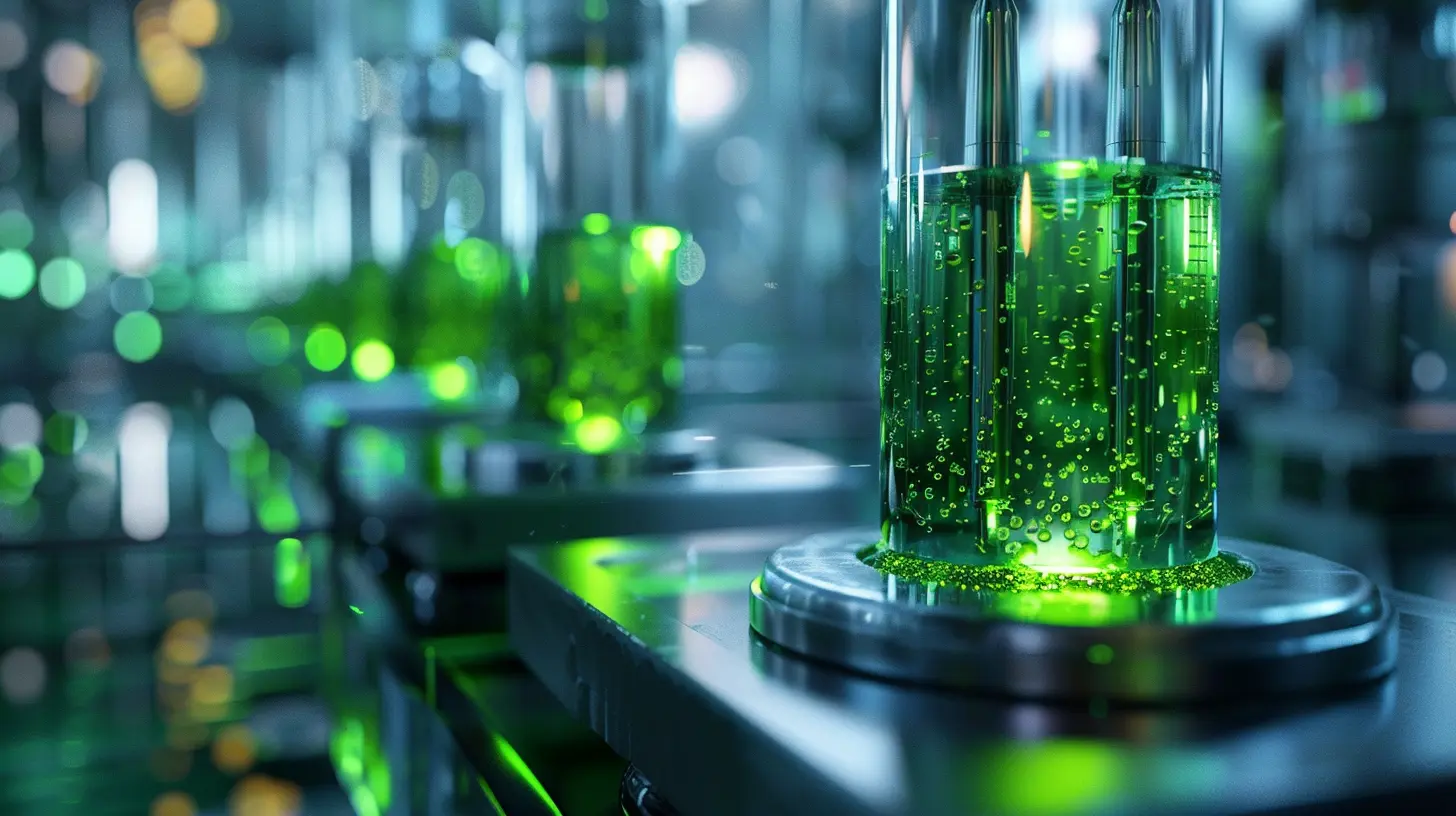
Smart Grids: Electricity Gets an Upgrade
Smart grids are basically the internet of electricity. They’re digital, responsive, and intelligent — way cooler than your grandpa’s power line systems.With sensors and automation, smart grids can adjust energy flow based on real-time demand. No more massive blackouts or wasted electricity. They help utilities and consumers alike make smarter decisions.
Plus, when your smart meter talks to your smart thermostat, they can work together to save you money and reduce your carbon footprint. It's like having a personal assistant who only cares about energy.
The Rise of Electric Vehicles (EVs)
Transportation is another massive piece of the energy consumption puzzle. And guess what? Green tech’s got that covered too.🔌 EVs Are Rolling In
From Tesla to Rivian to traditional automakers getting in on the action, electric vehicles are exploding in popularity. They produce zero tailpipe emissions and are far more energy-efficient than gas-guzzlers.EVs also double as energy storage systems. Some newer models can actually feed electricity back into the grid or power your home during outages. Your car is becoming part of the energy loop — how cool is that?
🛣️ Charging Infrastructure is Expanding
EV charging stations are popping up like mushrooms after a rainstorm. Thanks to companies and governments investing big, it's becoming easier than ever to own and operate an EV.Smart Homes and IoT: Control At Your Fingertips
Have you heard of the Internet of Things (IoT)? It’s not just a geeky tech term. Devices in your home—like lights, thermostats, fridges, and even blinds—can now be connected and controlled remotely.🏠 Green Tech in Your Living Room
Smart thermostats (hello, Nest!) learn your schedule and adjust temperatures to save energy. Smart plugs cut off vampire power (the stuff your devices suck up even when you’re not using them). Motion sensors make sure lights only stay on when needed.Little changes add up. Imagine shaving 30% off your energy bill just because your home got a little smarter.
Green Buildings: Efficiency From The Ground Up
It's not just the things inside your home—green technology is transforming buildings themselves.🧱 Designed to Save
Green buildings use insulation, efficient lighting, low-flow fixtures, and heat-absorbing materials to drastically reduce energy consumption.LEED-certified buildings (Leadership in Energy and Environmental Design) are setting the gold standard. From skyscrapers to schools, the green revolution is reshaping our physical spaces.
AI and Big Data in Energy
AI isn't just for sci-fi movies anymore. It's helping optimize how we generate and use energy.🤖 Smarter Predictions, Better Outcomes
AI algorithms can predict when energy demand will spike, allowing grids to prep in advance. Big data helps in weather forecasting, solar output estimation, and wind patterns—making renewables not just feasible but actually reliable.For businesses, AI can identify inefficiencies and automate energy-saving adjustments. Think of it as having a super-intelligent energy manager on your team, working 24/7 without a coffee break.
Green Energy and the Economy
Okay, let’s address the elephant in the room: isn’t green tech expensive?Well, not anymore.
💰 Costs Are Dropping
The cost of solar panels, wind turbines, and batteries has dropped dramatically over the past decade. In fact, in many parts of the world, renewable energy is now cheaper than fossil fuels.👷 Job Creation
Green tech is a job-creation machine. From manufacturing solar panels to installing wind turbines and building smart grids, millions of new positions are being created globally. It's not just about saving the planet—it’s also about creating a future-proof workforce.Governments and Policies: Jumpstarting the Green Revolution
Innovation is great, but without supportive policies, change moves at a snail’s pace.🌍 Global Agreements
The Paris Agreement, for example, has pushed countries to commit to reducing emissions. This has led to billions of dollars flowing into green tech initiatives and infrastructure development.🇺🇸 Local Incentives
In the U.S., federal and state incentives are making green upgrades more affordable—think tax rebates for solar panels or credits for EVs. Governments are literally paying you to go green.Challenges That Lie Ahead
It's not all sunshine and solar panels. Green tech faces real obstacles.1. Storage and Scalability
Storing energy at scale is still a challenge. We’re making progress, but mass adoption requires more breakthroughs.2. Resource Mining
Ironically, some of the materials used in clean tech (like lithium for batteries) can have environmental costs if not sourced responsibly.3. Access and Affordability
Not everyone has equal access to green tech. Bridging that gap is essential for a truly sustainable future.Final Thoughts: Why It Matters More Than Ever
Green technology isn’t just a fad or a feel-good initiative. It’s a necessity. The climate crisis is already here, and the way we use energy plays a massive role in where we go from here.But here’s the silver lining: we actually have what it takes.
With the rise of renewables, smarter grids, EVs, AI, and government support, green tech is not just revolutionizing the future — it’s powering it. The only question that remains is: are we charging forward with it, or staying stuck in the past?
The choice, as always, is ours.
all images in this post were generated using AI tools
Category:
Green TechnologyAuthor:

Michael Robinson
Discussion
rate this article
3 comments
Roman McConkey
Green technology is transforming energy consumption, driving sustainability, efficiency, and innovation for a brighter future.
June 17, 2025 at 10:37 AM

Michael Robinson
Absolutely! Green technology is key to reshaping our energy landscape, fostering a sustainable and innovative future.
Indigo Howard
Beneath the surface of our bustling tech revolution lies a hidden truth: green technology is not just reshaping energy consumption; it's weaving a complex tapestry of innovation and intrigue. What secrets do these advancements hold? As we embrace this greener future, are we prepared for the unforeseen consequences that may emerge?
June 10, 2025 at 12:36 PM

Michael Robinson
Thank you for your insightful comment! Indeed, while green technology offers transformative potential, it's crucial to remain vigilant about the complexities and challenges that may arise as we navigate this evolving landscape.
Archer McMahon
What an inspiring read! 🌱 It’s exciting to see how green technology is shaping a sustainable future. Together, we can create a cleaner, greener world for generations to come!✨
June 9, 2025 at 3:02 AM

Michael Robinson
Thank you for your kind words! I'm thrilled to hear you found the article inspiring. Together, we can make a difference! 🌍✨
